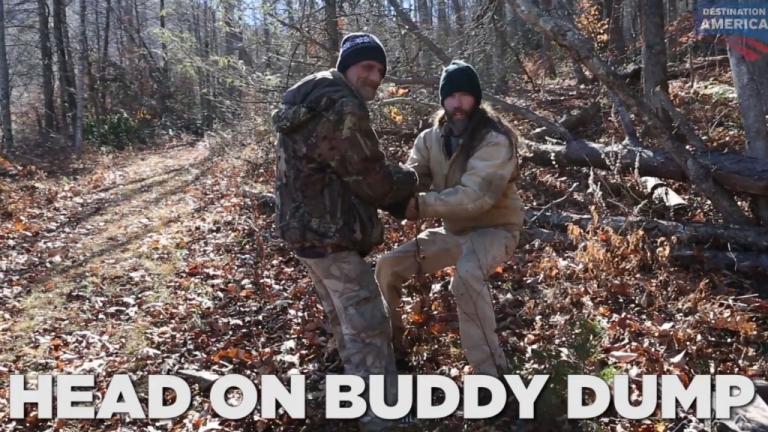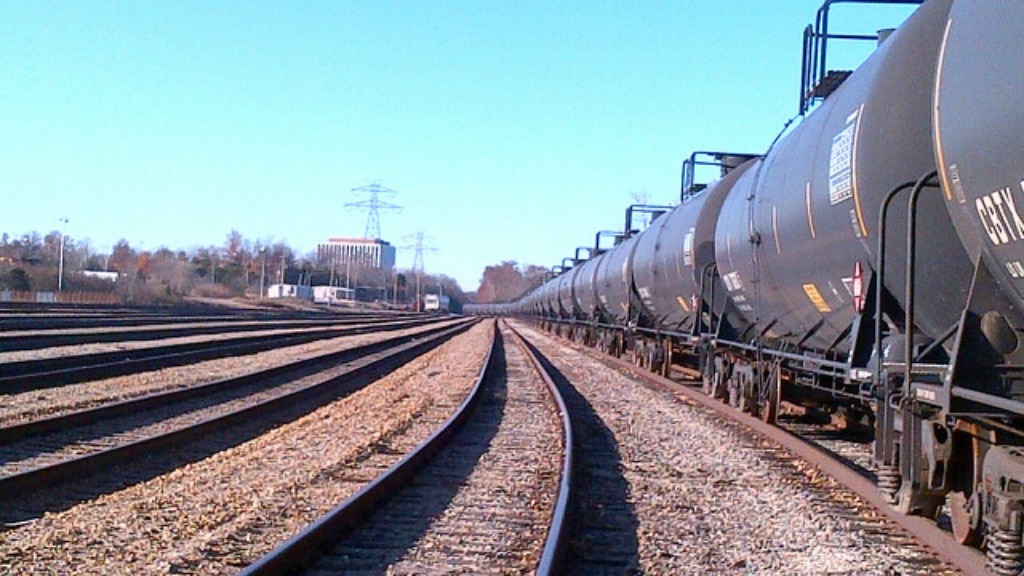This is what federal transportation safety officials from both the U.S. and Canada sounded like on Thursday: “Aaahhhh holy crap trains are exploding all over the place!”
The U.S. National Transportation Safety Board and the Transportation Safety Board of Canada issued simultaneous pleas to regulators on Thursday, calling for urgent reforms amid the spiraling spate of fiery accidents involving oil-hauling trains. Such trains have been exploding in flames and spilling their loads following derailments on the continent’s aging train tracks. Just this week, a train pulling six cars of oil derailed on a Philadelphia bridge, though fortunately there was no fire or oil spill.
The New York Times explains the reforms that the safety officials are calling for:
According to these recommendations, oil carried on trains should be treated the same way as other dangerous materials like explosives or toxic materials. In those cases, rail carriers perform a more detailed security and safety analysis and look for alternative routes to avoid highly populated areas, iconic buildings, landmarks or environmentally sensitive regions.
Railroads should also be required to develop spill-response plans similar to those that are required from pipeline operators, the recommendations said. Those plans would help emergency workers and could help reduce the impact of any spill. In addition, the safety officials also recommended making sure that hazardous cargo was properly classified. Investigators looking into the Lac-Mégantic accident found that the crude oil in transit had been mislabeled into a less hazardous category. …
Safety officials in both countries also repeated their warnings about the type of tank cars, known as DOT-111s in the United States, that are used to carry crude oil and ethanol. Past investigations found that these tank cars do not provide sufficient protections in case of derailment and are prone to break or puncture too easily.
Absent from the recommendations was the most obvious step we could take: Stop fracking for oil!
The NTSB says crude oil shipments by rail have increased more than four-fold since 2005. It said in a press release that it’s “concerned that major loss of life, property damage and environmental consequences” can happen “when large volumes of crude oil or other flammable liquids are transported on a single train” that crashes or jumps the tracks.
“The large-scale shipment of crude oil by rail simply didn’t exist ten years ago, and our safety regulations need to catch up with this new reality,” NTSB Chair Deborah Hersman said in the statement. “While this energy boom is good for business, the people and the environment along rail corridors must be protected from harm.”
More from the Toronto Globe and Mail:
[Hersman’s] fears were echoed by her Canadian counterpart Wendy Tadros, chair of the Transportation Safety Board, who warned an Ottawa news conference Thursday about serious safety concerns linked to the “staggering” increase in crude shipped on the rails. New safety measures are needed to keep the communities located along rail lines safe, she said. The TSB issued its warning as part of a continuing investigation into the Lac-Mégantic crude-oil rail disaster, which killed 47 people last summer.
Hersman told the Times that “we’ve had a lot of talk” so far about safety reforms for trains that carry oil. “We need to see action.”
See also: Oil spillage from freight trains hit record high in 2013




